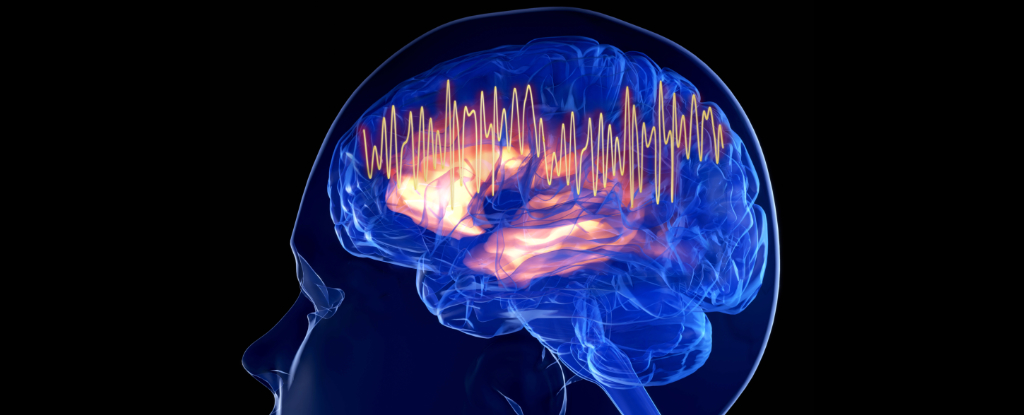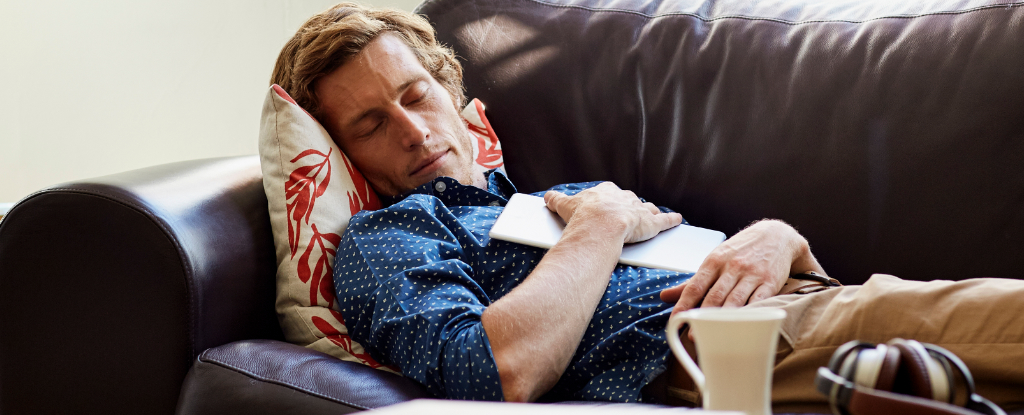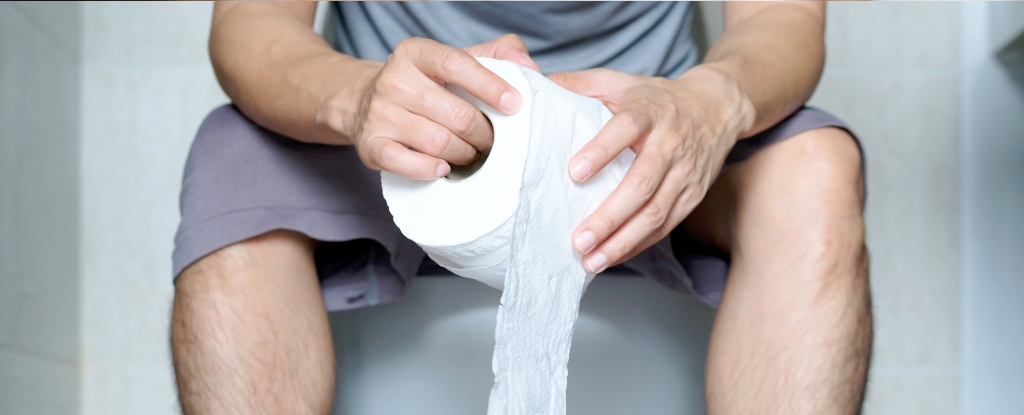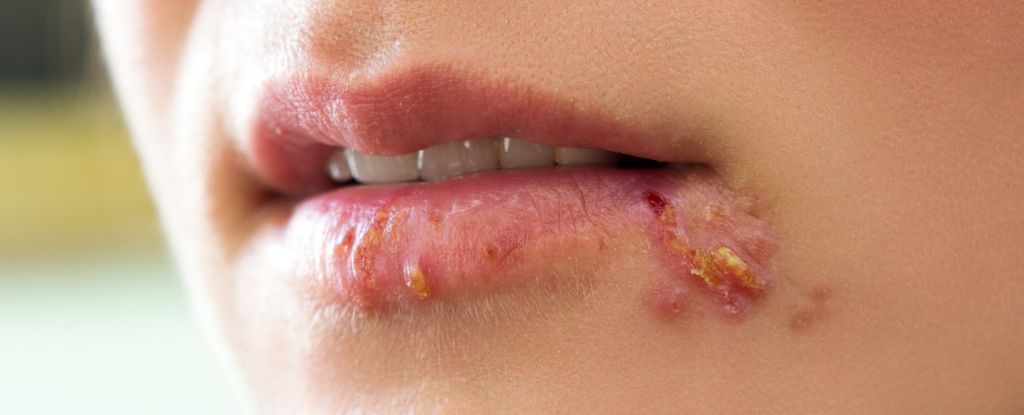Up to a third of people diagnosed with depression do not respond to antidepressants or therapy.
In such cases, patients may be prescribed neuromodulation therapy, which modulates brain activity in order to reduce depression symptoms. One promising form of neuromodulation therapy that researchers are investigating is transcranial direction current stimulation (tDCS).
Transcranial direct current stimulation delivers a weak electrical current to the brain through electrodes that are held to the head by a band or strap. This changes the excitability of the brain tissue located beneath the electrodes. Reducing the excitability of overactive areas and increasing the excitability in underactive areas, especially in regions connected to emotion, can help to improve depression symptoms.
TDCS is a safe, effective treatment, which, in some studies, has been shown to help patients achieve remission and stay symptom-free for up to a month. However, previous clinical trials of tDCS have required patients to visit a clinic or hospital in order to receive the treatment, despite the equipment being quite portable.
But a recent randomised controlled trial has now shown that tDCS – which was delivered by the patient in their own home with online virtual support – can lead to significant reductions in depression.
To conduct their study, the researchers recruited 174 patients in the UK and US who had been diagnosed with major depressive disorder. Around 63% of these participants had been classed with having treatment-resistant depression.
Half the participants received an at-home tDCS treatment. This was delivered for 30 minutes a day, five times a week for three weeks to begin with. Then, they dropped down to three sessions per week for seven weeks. Because these sessions were carried out in the patient’s own home with remote support, this meant no doctor or nurse visits were required.
The other half of the patients were in a control group. These participants were given a sham condition, where they wore the electrode strap but did not receive any electrical stimulation.
After the initial ten-week study, patients in the tDCS group were give the option to continue receiving the treatment three times a week. Those in the sham condition were also offered the active protocol.
The at-home treatment was generally well tolerated. There were only a few reports of adverse reactions (mainly linked to irritation around the stimulation site).
Patients in both groups filled out a depression assessment scale at the start and end of the study. This assessment asks patients a series of questions, then provides them a score.
Any score above ten indicates depression. Both the active tDCS and sham groups improved – however the active tDCS group’s scores decreased significantly more, showing an over a two-point decrease in depression scores compared to the control group.
Neuromodulation therapies
This study has found home-based tDCS shows enormous promise as a cost-effective, convenient and safe means of providing treatment to patients with treatment-resistant depression.
This gives it an advantage over other forms of neuromodulation therapy – such as transcranial magnetic stimulation (TMS). TMS modulates brain activity by delivering magnetic pulses via an electromagnetic coil held to the skull.
TMS is shown to be effective 50% of the time for patients with treatment-resistant depression when paired with psychotherapy. But a downside of TMS therapy is that it can only be delivered in a clinic or hospital with patients needing to have 30-minute treatments at least five times a week for up to six weeks for TMS to have any effect.
Transcranial direct current stimulation therapy also has significantly fewer side-effects compared to electroconvulsive therapy (ECT) which also passes an electric current through the brain. ECT is also far more invasive than tDCS as it requires anaesthesia to perform. In contrast, tDCS passes a weak electrical current through two points of contact in the brain.
However, the authors raise an important point relating to the treatment-resistant status of some of the participants.
Patients that had a history of depression and had been resistant to three or more therapies were excluded from the study. This means future studies will need to investigate the threshold of efficacy when it comes to at-home tDCS – and whether it can also work for patients with more severe forms of treatment-resistant depression.
Another factor that will be important for future studies to investigate is whether the patient’s at-home environment and social support network affect the efficacy of the treatment. The next steps for researchers will be to take into account the variability of why depression occurs, how it manifests itself as well as the differences in terms of acceptance and how it’s dealt with.
It will also be important for future studies to account for the physiological differences related to age, sex, ethnicity, socioeconomic status and many other factors that can influence the progression of depression.
Still, this study has shown that at-home tDCS delivery leads to significant improvements in mood for people diagnosed with depression who have failed to respond to other treatments.
Amanda Ellison, Professor of Neuroscience, Durham University
This article is republished from The Conversation under a Creative Commons license. Read the original article.





